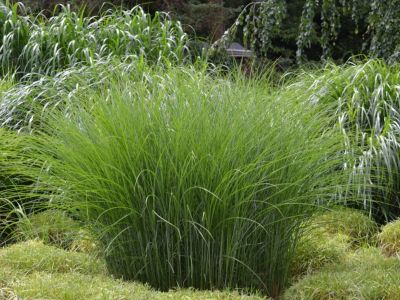Gracillimus Maiden Grass Info
Maiden grass ‘Gracillimus’ displays narrow green leaves with silvery strips running down the center. The leaves turn yellow after the first frost, fading to tan or beige in northern regions, or rich gold or orange in warmer climates. Reddish-copper or pinkish flowers bloom in fall, turning to silvery or pinkish-white plumes as the seeds mature. The leaves and plumes continue to provide interest throughout the winter. Gracillimus maiden grass is suitable for growing in USDA plant hardiness zones 6 through 9. It’s important to note that this plant reseeds itself generously in mild climates and may become somewhat aggressive in some areas.
How to Grow Gracillimus Maiden Grass
Growing Gracillimus maiden grass isn’t much different than that of any other maiden grass plant. Gracillimus maiden grass grows in nearly any type of well-drained soil. However, it performs best in moist, moderately fertile conditions. Plant Gracillimus maiden grass in full sunlight; it tends to flop over in shade. Caring for Gracillimus maiden grass is relatively uninvolved. Keep newly planted maiden grass moist until the plant is established. Thereafter, Gracillimus maiden grass is drought-tolerant and needs supplemental water only occasionally during hot, dry weather. Too much fertilizer may weaken the plant and cause it to fall over. Limit feeding to ¼ to ½ cup (60 to 120 mL.) of general-purpose fertilizer before new growth appears in early spring. To encourage healthy new growth, cut Gracillimus maiden grass down to about 4 to 6 inches (10 to 15 cm.) in late winter or before new growth appears in early spring. Divide Gracillimus maiden grass every three to four years or whenever the center of the plant begins to die back. The best time for this is after spring pruning.
